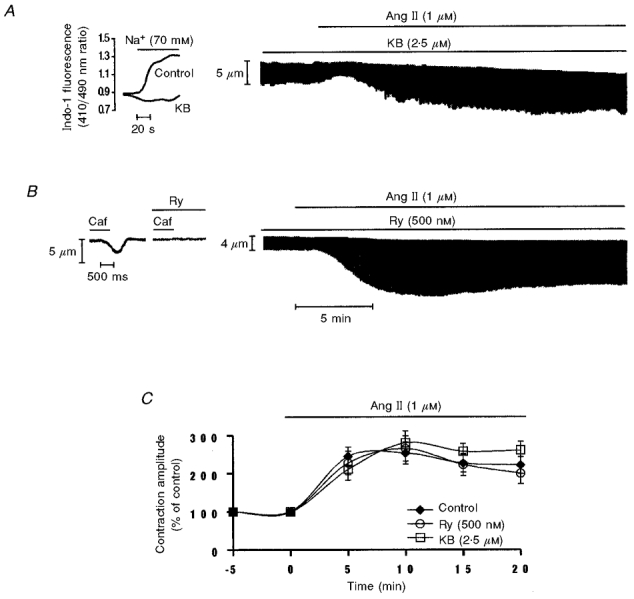Figure 10. Failure of KB and Ry to prevent the Ang II-induced positive inotropic effect.

A, representative example of the effect of Ang II in the continued presence of KB (2.5 μm) on myocyte contraction. The continuous chart recording shows a typical biphasic contractile response to Ang II in a myocyte pretreated and continuously perfused with the Na+-Ca2+ blocker, KB. The inset to the left of the figure shows that KB was able to prevent the increase in Ca2+ entry by activation of the reverse mode of the Na+-Ca2+exchanger produced by external Na+ reduction. B, typical continuous chart recording of contraction amplitude in response to Ang II in the continued presence of Ry (500 nM). Ang II exerts a typical positive inotropic response even in the presence of Ry. The inset to the left shows a representative example of the effect of caffeine (15 mm) applied in the absence and presence of Ry (500 nM). Rapid application of caffeine induced a phasic contraction that was not reproducible after cells were treated with Ry. Similar results were obtained in 5 other cells. C, overall data of the time course of the contractile effects of Ang II alone, Ang II in the continued presence of KB or Ang II in the continued presence of Ry. Data are means ±s.e.m.; n = 5 cells per group.
